Jaguar XJ Saloon running costs and reliability
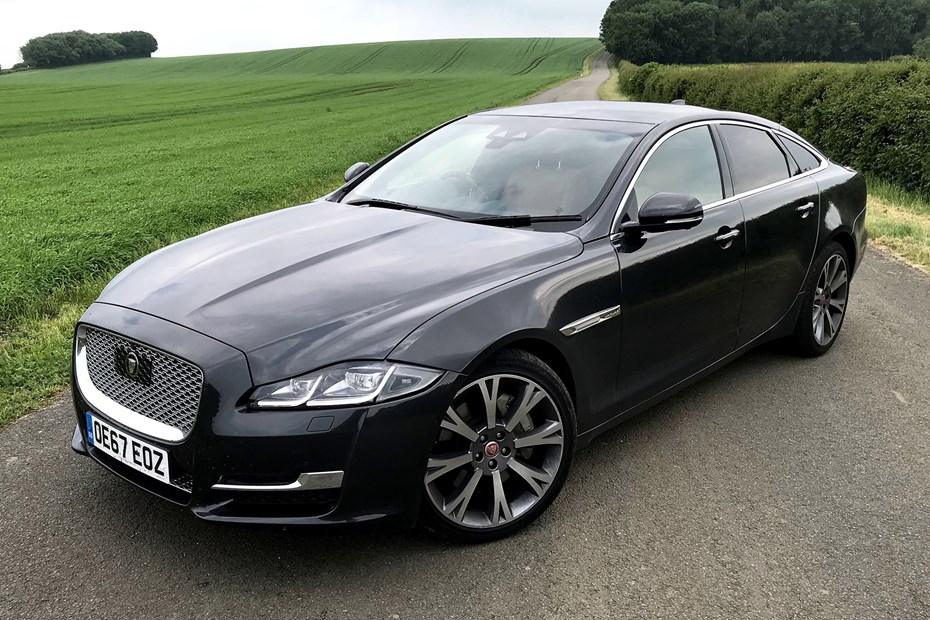
Miles per pound (mpp) ⓘ
| Diesel engines | 4.6 - 4.8 mpp |
|---|
Fuel economy ⓘ
| Diesel engines | 35.7 - 37.9 mpg |
|---|
- Good but not outstanding fuel economy
- Diesel offers best all-round running costs
- You’ll need deep pockets to run the petrol engines
Luxury saloons are rarely cheap to run, but the 3.0-litre diesel XJ does at least offer affordable car tax rates and reasonable economy – averaging 49.6mpg on the standard wheelbase and 48mpg on the long-wheelbase.
The 3.0-litre V6 petrol engine may be an improvement on running costs over the previous 5.0-litre V8, but it also has to work harder in the first place, meaning those figures are not necessarily as easy to achieve.
Insurance is high with the XJR575 model sitting in the top group 50 bracket (in the insurance rating system introduced in 2010) while the diesel is a group 48. Owners can expect expensive servicing rates, while parts such as tyres and brakes will also be costly.
The Jaguar XJR575’s running costs are going to be on the steep side. It’s powered by a 5.0-litre supercharged V8 whose drink habit would shame Oliver Reed. The official claimed average is 25.5mpg, though stamping on the loud pedal will see figures plumb to the depths of the low teens. That means a tank range of around 250 miles and a hefty bill to fill up an empty tank.
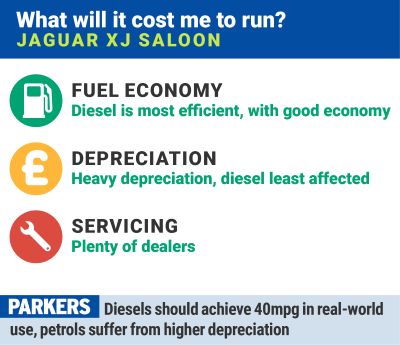
When it comes to residual values, luxury saloons suffer from heavy depreciation and the Jaguar XJ doesn’t buck the trend here. With its balance of performance and lower running costs, the diesel should be easier to sell, being the most sought-after engine for most buyers.
The XJ’s aluminium body helps save weight, which has a knock on effect on CO2 output. As a result the popular 3.0 D emits just 149g/km with the smaller 19-inch wheels – 155g/km on 20-inch items.
The petrols are, as you’d expect, considerably less economical and the top 5.0-litre XJR575 emits 264g/km – a figure that’s to be expected for a V8 engine boasting more than 500hp.
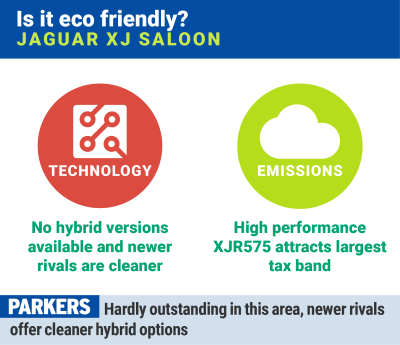
All models come with stop/start, but newer rivals come with cleaner engines.
- Based on proven Jaguar mechanicals
- Electrical hardware systems add complexity
- Six recalls since 2014
The previous Jaguar XJ performed well in owner satisfaction surveys and the engines used here are tried and tested.
Jaguar has made big improvements in this area in recent years and the XF and XK both have strong reputations for reliability. However with more complex electrical systems used in this iteration of XJ, there have been a few reported issues with glitches in software.
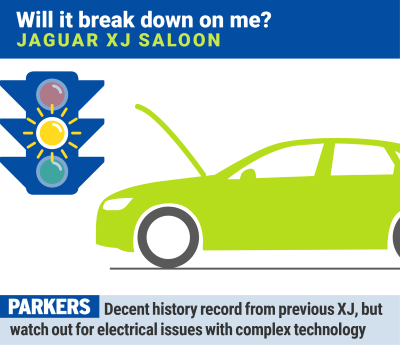
Two recalls involved those built in 2016 whereby the driver and front passenger airbag may not deploy correctly.
The level of service from the dealer network is generally positive but there have been a few reported from owners who find them less helpful. It’s best to seek another dealership elsewhere if this happens.
Ongoing running costs
| Road tax | £210 - £735 |
|---|---|
| Insurance group | 48 - 50 |
Get an insurance quote with

|
|



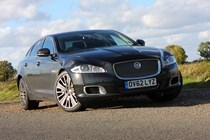
.jpg)
.jpg)
.jpg)
.jpg)
.jpg)
.jpg)
.jpg)
.jpg)
.jpg)
.jpg)
.jpg)
.jpg)
.jpg)
.jpg)
.jpg)
.jpg)
.jpg)
.jpg)
.jpg)
.jpg)
.jpg)
.jpg)
.jpg)
.jpg)
.jpg)
.jpg)
.jpg)
.jpg)
.jpg)
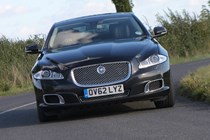
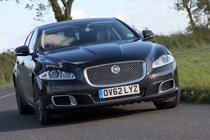
.jpg)
.jpg)
.jpg)
.jpg)
.jpg)
.jpg)
.jpg)
.jpg)
.jpg)
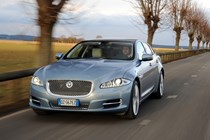
.jpg)
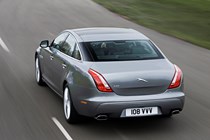
.jpg)
.jpg)
.jpg)
.jpg)
.jpg)
.jpg)
.jpg)
.jpg)
.jpg)
.jpg)
.jpg)
.jpg)
.jpg)
.jpg)
.jpg)
.jpg)
.jpg)
.jpg)
.jpg)
.jpg)
.jpg)
.jpg)
.jpg)
.jpg)
.jpg)
.jpg)
.jpg)
.jpg)
.jpg)
.jpg)
.jpg)
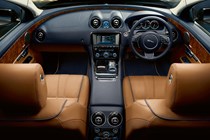

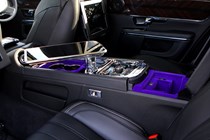

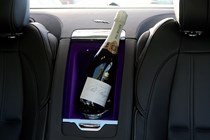
.jpg)
.jpg)
.jpg)
.jpg)
.jpg)
.jpg)

.jpg)
.jpg)
.jpg)
.jpg)
.jpg)
.jpg)
.jpg)
.jpg)

.jpg)
.jpg)
.jpg)
.jpg)
.jpg)
.jpg)
.jpg)
.jpg)
.jpg)
.jpg)
.jpg)
.jpg)
.jpg)
.jpg)
.jpg)
.jpg)
.jpg)
.jpg)
.jpg)
.jpg)
.jpg)
.jpg)
.jpg)
.jpg)
.jpg)
.jpg)
.jpg)
.jpg)
.jpg)
.jpg)
.jpg)
.jpg)
.jpg)
.jpg)
.jpg)
.jpg)
.jpg)
.jpg)
.jpg)
.jpg)
.jpg)
.jpg)
.jpg)
.jpg)
.jpg)
.jpg)
.jpg)
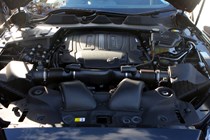
.jpg)
.jpg)
.jpg)
.jpg)
.jpg)
.jpg)
.jpg)
.jpg)


.jpg?quality=50)
.jpg?quality=50)
.jpg?quality=50)
.jpg?quality=50)
.jpg?quality=50)
.jpg?quality=50)
.jpg?quality=50)
.jpg?quality=50)
.jpg?quality=50)
.jpg?quality=50)
.jpg?quality=50)
.jpg?quality=50)
.jpg?quality=50)
.jpg?quality=50)
.jpg?quality=50)
.jpg?quality=50)
.jpg?quality=50)
.jpg?quality=50)
.jpg?quality=50)
.jpg?quality=50)
.jpg?quality=50)
.jpg?quality=50)
.jpg?quality=50)
.jpg?quality=50)
.jpg?quality=50)
.jpg?quality=50)
.jpg?quality=50)
.jpg?quality=50)
.jpg?quality=50)


.jpg?quality=50)
.jpg?quality=50)
.jpg?quality=50)
.jpg?quality=50)
.jpg?quality=50)
.jpg?quality=50)
.jpg?quality=50)
.jpg?quality=50)
.jpg?quality=50)

.jpg?quality=50)

.jpg?quality=50)
.jpg?quality=50)
.jpg?quality=50)
.jpg?quality=50)
.jpg?quality=50)
.jpg?quality=50)
.jpg?quality=50)
.jpg?quality=50)
.jpg?quality=50)
.jpg?quality=50)
.jpg?quality=50)
.jpg?quality=50)
.jpg?quality=50)
.jpg?quality=50)
.jpg?quality=50)
.jpg?quality=50)
.jpg?quality=50)
.jpg?quality=50)
.jpg?quality=50)
.jpg?quality=50)
.jpg?quality=50)
.jpg?quality=50)
.jpg?quality=50)
.jpg?quality=50)
.jpg?quality=50)
.jpg?quality=50)
.jpg?quality=50)
.jpg?quality=50)
.jpg?quality=50)
.jpg?quality=50)
.jpg?quality=50)





.jpg?quality=50)
.jpg?quality=50)
.jpg?quality=50)
.jpg?quality=50)
.jpg?quality=50)
.jpg?quality=50)

.jpg?quality=50)
.jpg?quality=50)
.jpg?quality=50)
.jpg?quality=50)
.jpg?quality=50)
.jpg?quality=50)
.jpg?quality=50)
.jpg?quality=50)

.jpg?quality=50)
.jpg?quality=50)
.jpg?quality=50)
.jpg?quality=50)
.jpg?quality=50)
.jpg?quality=50)
.jpg?quality=50)
.jpg?quality=50)
.jpg?quality=50)
.jpg?quality=50)
.jpg?quality=50)
.jpg?quality=50)
.jpg?quality=50)
.jpg?quality=50)
.jpg?quality=50)
.jpg?quality=50)
.jpg?quality=50)
.jpg?quality=50)
.jpg?quality=50)
.jpg?quality=50)
.jpg?quality=50)
.jpg?quality=50)
.jpg?quality=50)
.jpg?quality=50)
.jpg?quality=50)
.jpg?quality=50)
.jpg?quality=50)
.jpg?quality=50)
.jpg?quality=50)
.jpg?quality=50)
.jpg?quality=50)
.jpg?quality=50)
.jpg?quality=50)
.jpg?quality=50)
.jpg?quality=50)
.jpg?quality=50)
.jpg?quality=50)
.jpg?quality=50)
.jpg?quality=50)
.jpg?quality=50)
.jpg?quality=50)
.jpg?quality=50)
.jpg?quality=50)
.jpg?quality=50)
.jpg?quality=50)
.jpg?quality=50)
.jpg?quality=50)

.jpg?quality=50)
.jpg?quality=50)
.jpg?quality=50)
.jpg?quality=50)
.jpg?quality=50)
.jpg?quality=50)
.jpg?quality=50)
.jpg?quality=50)